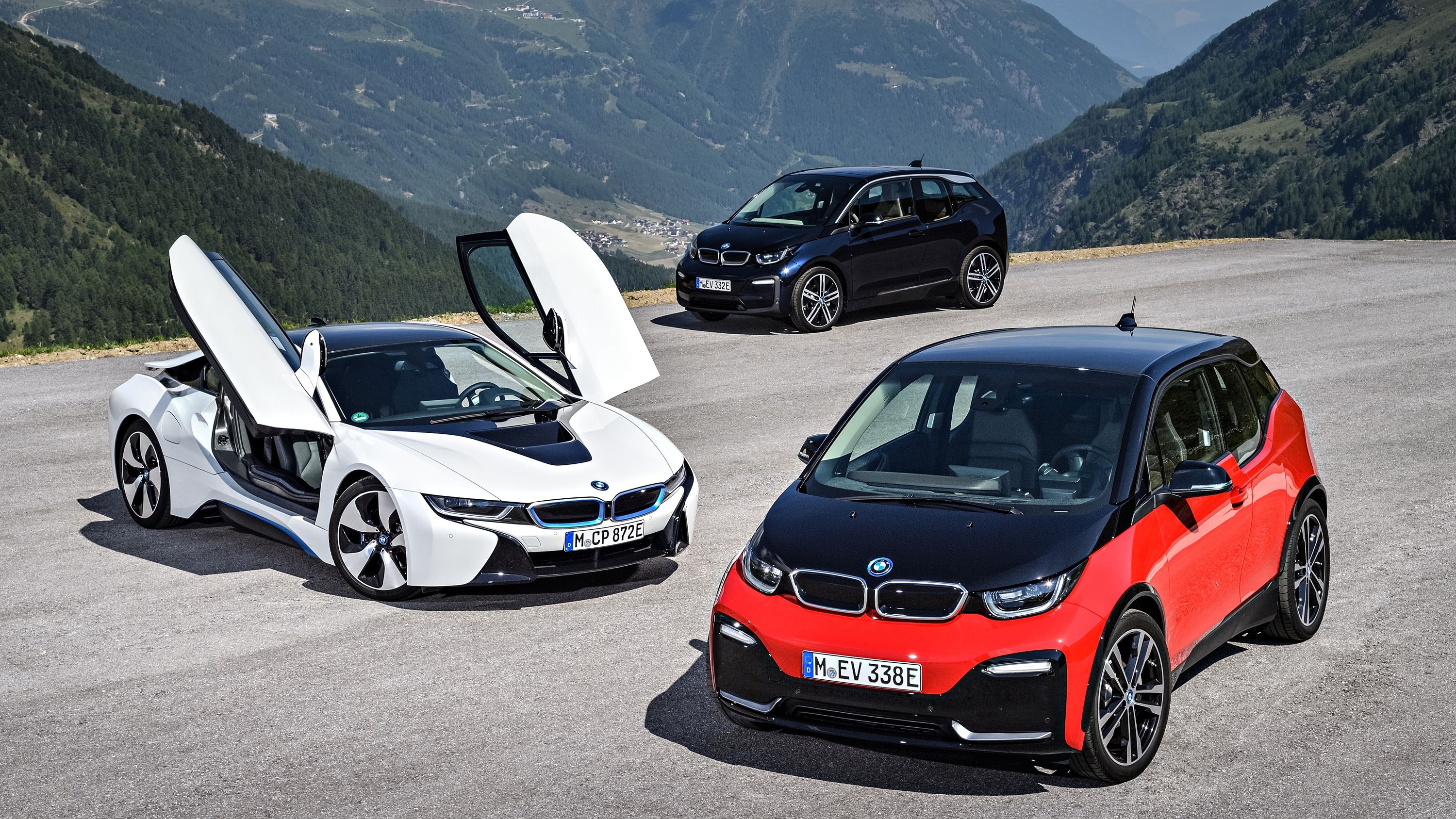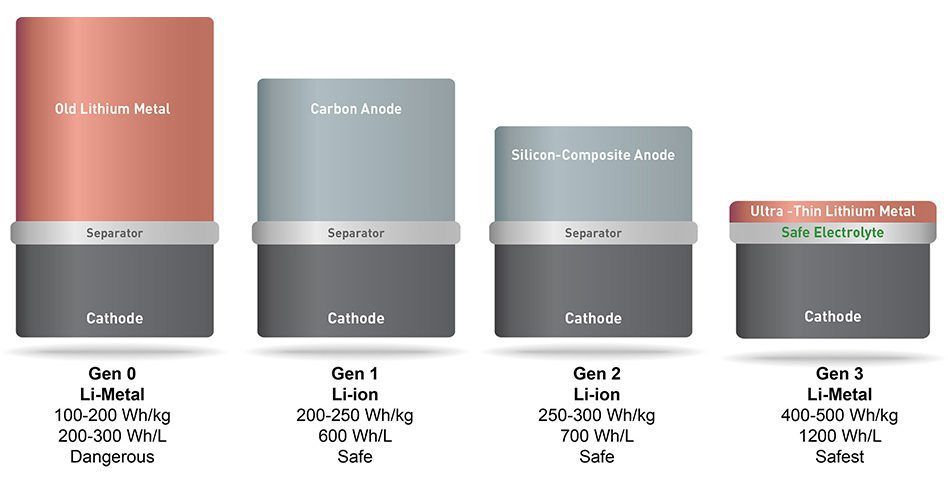The importance of batteries has taken a new life with the advent of electric cars. Now that more studies are being made on how to improve batteries, we can at least expect a few of these researchers to have some kind of breakthrough. Take this one from the University of Waterloo. Researchers from the university have released a new paper claiming a breakthrough in the use of negative electrodes made of lithium metal. How is this relevant to the auto industry? The short answer is that it could potentially triple the range of electric vehicles.
This kind of tech talk flies over my head, so I’m going to rely on those who have a far better understanding of lithium metal batteries work and how this discovery affects electric cars moving forward.
Basically, the banner headline here is that this discovery could open the door for electric cars to triple their range between charges. Quanquan Pang, who led the research while he was a Ph.D. candidate at Waterloo, claims that the current issues attributed to Li-metal batteries can be addressed by “adding a chemical compound made of phosphorus and sulfur elements to the electrolyte liquid that carries electrical charge within batteries.”
Pang claims that the compound reacts with the Li-metal electrode in an already assembled battery in such a way that it “spontaneously coats it with an extremely thin protective layer.” This layer helps slow down the degradation Li-metal batteries suffer from because of dendrites forming in the cells. “This will mean cheap, safe, long-lasting batteries that give people much more range in their electric vehicles,” Pang said.
His team of researchers even claim that they have completed “over 400 cycles at 5-C rate” in prototype cells, achieving a “close to 100% coulombic efficiency.” Whatever that means.
As exciting as all of this sounds, it’s important not to get too excited about what it could mean for electric cars. There are still a lot of tests that need to be done to ensure that this discovery can be applied in the real world. It’s one thing to create a battery with high energy density or make them cheap and accessible. It’s another thing to make a battery that can be all of those things at the same thing. According to Electrek, that’s the holy grail of battery technology. If it’s being described in those terms, then it must mean that we’re still no closer to figuring out that mystery.
References
Read more electric cars news.
Read more technology news.


